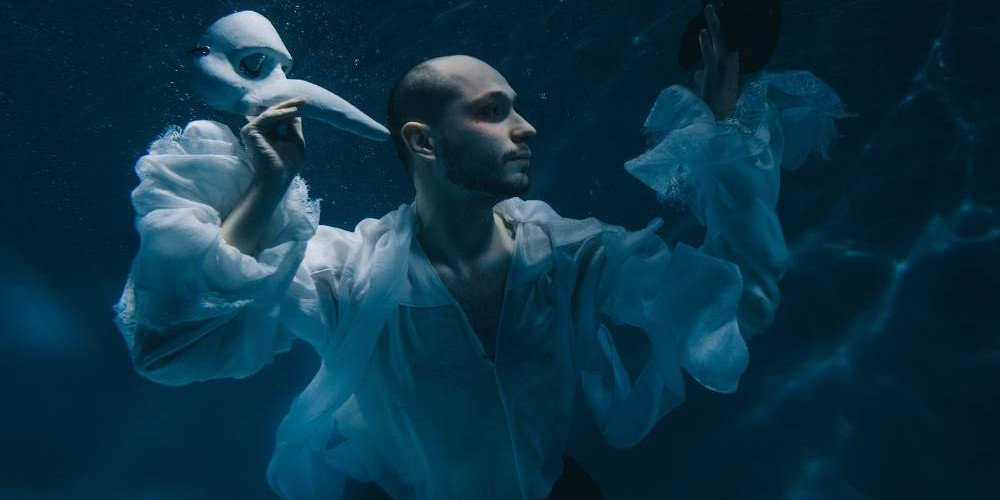Storytelling is one of humanity’s oldest traditions. From ancient myths passed down orally to modern films and stage performances, stories have always been central to how we understand ourselves and the world around us. Yet storytelling is never created in isolation—it is deeply shaped by arts and culture. The way stories are told, shared, and experienced reflects the cultural values of a society, as well as the artistic forms that bring them to life.
Culture as the Foundation of Storytelling
Every story is rooted in culture. Folklore, rituals, and traditions form the backbone of narratives that communities pass down through generations. Whether it’s a traditional theater performance, a cultural festival, or a modern adaptation of a classic tale, culture provides both the context and the meaning behind the story. Without culture, storytelling loses its depth and ability to connect with audiences on a human level.
The Role of Arts in Storytelling
Arts—whether visual, musical, or performative—transform storytelling from simple narration into an immersive experience. A stage production uses lighting, set design, and music to bring a script to life. A film director uses cinematography to translate emotion into visuals. A painter or sculptor tells a story without words, allowing interpretation through form and color. Arts are the tools that expand storytelling beyond language, making it universal and multidimensional.
Storytelling Across Mediums
Modern audiences experience stories through multiple channels—film, theater, literature, music, and digital media. Each medium highlights different aspects of storytelling:
- Theater emphasizes immediacy and human presence.
- Film allows visual and narrative innovation on a global scale.
- Music creates emotional depth and resonance.
- Visual art captures timeless symbols of shared identity.
Together, these mediums illustrate how storytelling adapts to technology and audience expectations while remaining tied to cultural identity.

Arts, Culture, and Emotional Connection
The power of storytelling lies in its ability to evoke emotion and create empathy. Arts and culture act as amplifiers, ensuring stories do not simply inform, but transform. A play rooted in cultural history connects audiences to collective memory. A film that integrates music from a specific tradition deepens authenticity and emotional resonance. Through these connections, storytelling bridges differences and fosters understanding.
Storytelling in the Modern Age
In today’s digital era, storytelling continues to evolve. Globalization has allowed cultural stories to cross borders, while technology has given artists new platforms to experiment. Yet even as formats change, the essence remains: arts and culture shape how stories are crafted, how they are perceived, and how they resonate across time.
Why It Matters
Understanding how arts and culture shape storytelling reminds us that stories are not just entertainment. They are cultural mirrors, vehicles of empathy, and carriers of tradition. Whether told on stage, through music, or in film, storytelling reflects the richness of human creativity and the shared values that connect us all.



